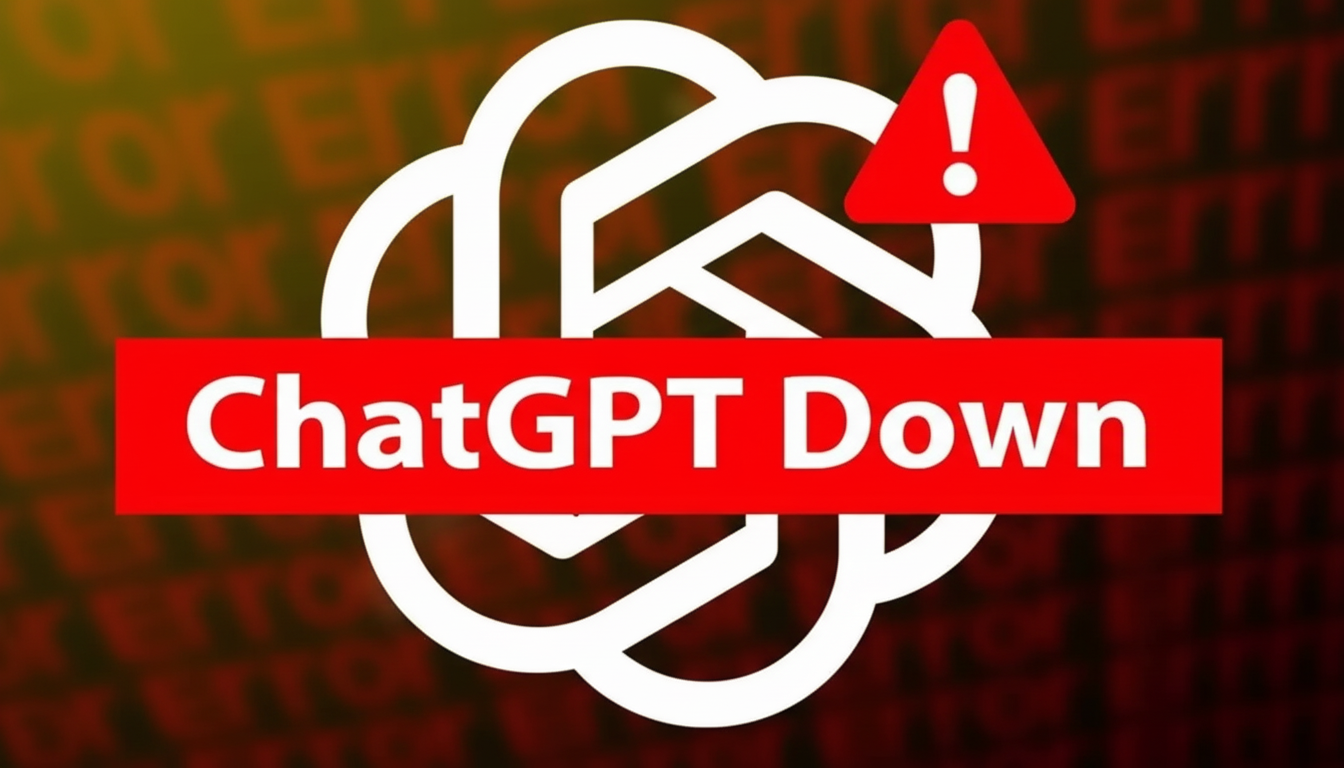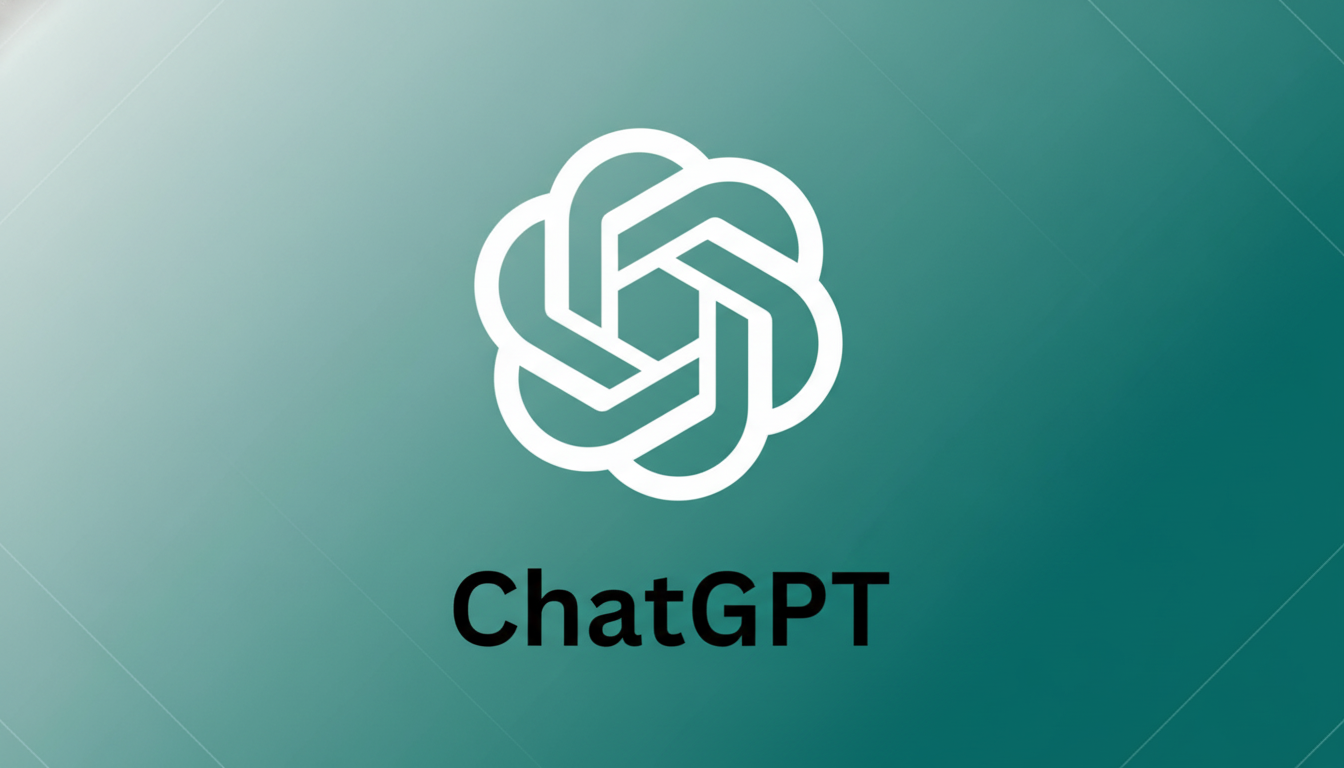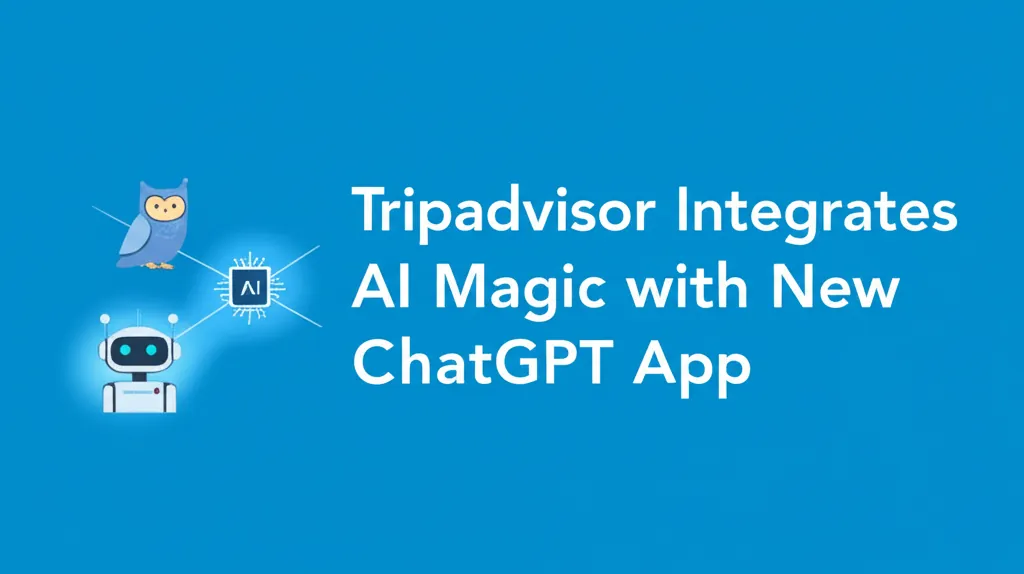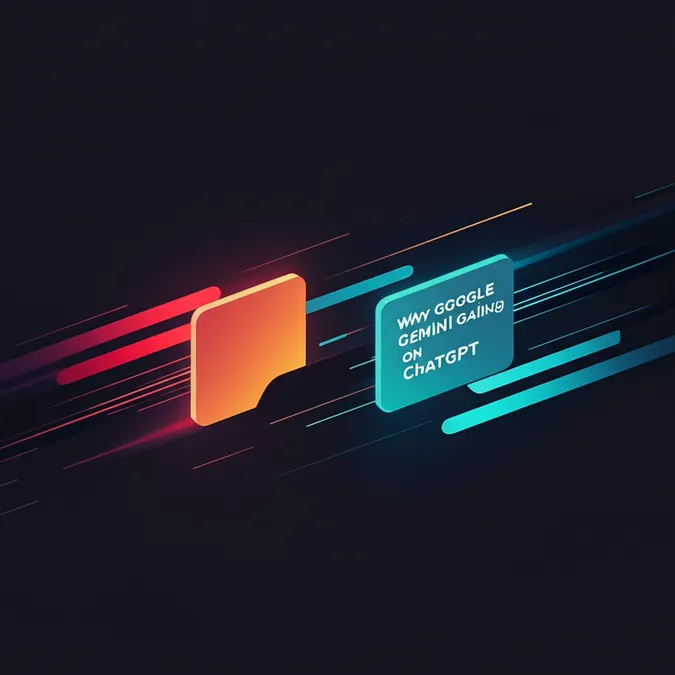Developer Offer
Try ImaginePro API with 50 Free Credits
Build and ship AI-powered visuals with Midjourney, Flux, and more — free credits refresh every month.
Global ChatGPT Service Disruption Explained
ChatGPT, a cornerstone AI tool for millions, recently experienced a significant service disruption, leaving users from individuals to large enterprises facing error messages and interrupted workflows. The incident highlighted just how integral the AI chatbot has become in our daily personal and professional lives.

Unpacking the ChatGPT Outage Experience
During the outage, users were met with a frustrating array of issues, including endless login loops, responses that would stall indefinitely, and vague “something went wrong” notifications on both web and mobile platforms. The user-reporting site Downdetector saw a spike of hundreds of submissions, with an overwhelming 94% of reports specifically naming ChatGPT.
The nature of the failure pointed towards a temporary backend service problem. While user requests were reaching ChatGPT's servers, the conversational turns would frequently fail. This suggests a high rate of 5xx server errors or processing timeouts. For most affected users, common troubleshooting steps like refreshing the page or changing networks proved ineffective.
A Global Disruption With Widespread Impact
The issue was not isolated to a single location. Reports flooded in from various regions, indicating a broad, multi-geo impact rather than a failure at one specific data center. Interestingly, Downdetector also showed simultaneous issue spikes for other services like AWS, Grok AI, and NordVPN, although a direct connection between these incidents has not been confirmed.
While Grok AI also reported availability issues during a similar time frame, other major AI chatbots like Google’s Gemini continued to operate normally. This offered a temporary alternative for those who required immediate and uninterrupted access to AI-powered tools.
OpenAI's Official Response and Recovery
OpenAI promptly acknowledged the situation on its official status page, describing the problem as “elevated errors in ChatGPT conversations.” The company later announced it had rolled out a mitigation and confirmed that all systems were back to being fully operational. While the service was restored, OpenAI has not yet released a detailed postmortem or specified the root cause of the incident.
Historically, OpenAI has been quick to resolve service disruptions, often restoring functionality within an hour. With a user base exceeding 100 million weekly active users, this rapid response is critical to minimize the impact across numerous sectors that rely on the tool, including education, software development, and customer support.

What Was the Likely Cause Behind the Glitch
Brief but widespread outages like this one are often traced back to a few common culprits. These can include a problem with an upstream dependency like a cloud networking service, a faulty software deployment rolling out across the system, or a sudden, massive surge in user traffic that overwhelms the model’s inference capacity and caching layers.
AI workloads can be unpredictable and spiky. If traffic grows faster than the system can autoscale, it can lead to rate limiting and cascading failures. The symptoms observed during this outage—intermittent errors and a partial recovery before full restoration—are consistent with a stressed service tier rather than a more catastrophic failure like database corruption.
How to Prepare for Future AI Service Disruptions
For everyday users, a few simple steps can make a big difference:
- Bookmark and check the official OpenAI status page first when you suspect an issue.
- Save copies of your most important prompts and instructions locally.
- Have an alternative AI chatbot, like Gemini, ready as a backup.
For teams and developers relying on the API, more technical measures are recommended:
- Incorporate circuit breakers and exponential backoff logic in your application's integrations.
- Cache results that are not sensitive or time-critical.
- If your policy allows, design your system for failover to a different AI provider.
- Subscribe to status alerts from OpenAI and your cloud vendors to get early warnings.
Organizations using ChatGPT Enterprise should establish a clear runbook with IT to manage these incidents, outlining procedures for sign-in failures, migrating priority tasks to a backup model, and logging the impact for review.
The Bottom Line Our Growing AI Dependency
The recent ChatGPT outage was a measurable disruption, confirmed by OpenAI and felt by its global user base. Although service was restored quickly, the event serves as a powerful reminder of how deeply AI tools are embedded in our daily operations. Having a lightweight contingency plan and knowing where to look for status updates can help turn an unexpected technological roadblock into a minor and manageable detour.
Compare Plans & Pricing
Find the plan that matches your workload and unlock full access to ImaginePro.
| Plan | Price | Highlights |
|---|---|---|
| Standard | $8 / month |
|
| Premium | $20 / month |
|
Need custom terms? Talk to us to tailor credits, rate limits, or deployment options.
View All Pricing Details

